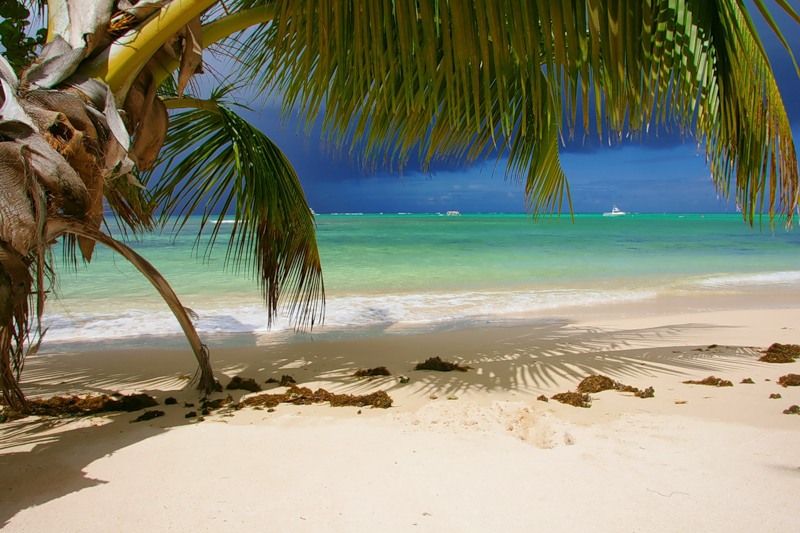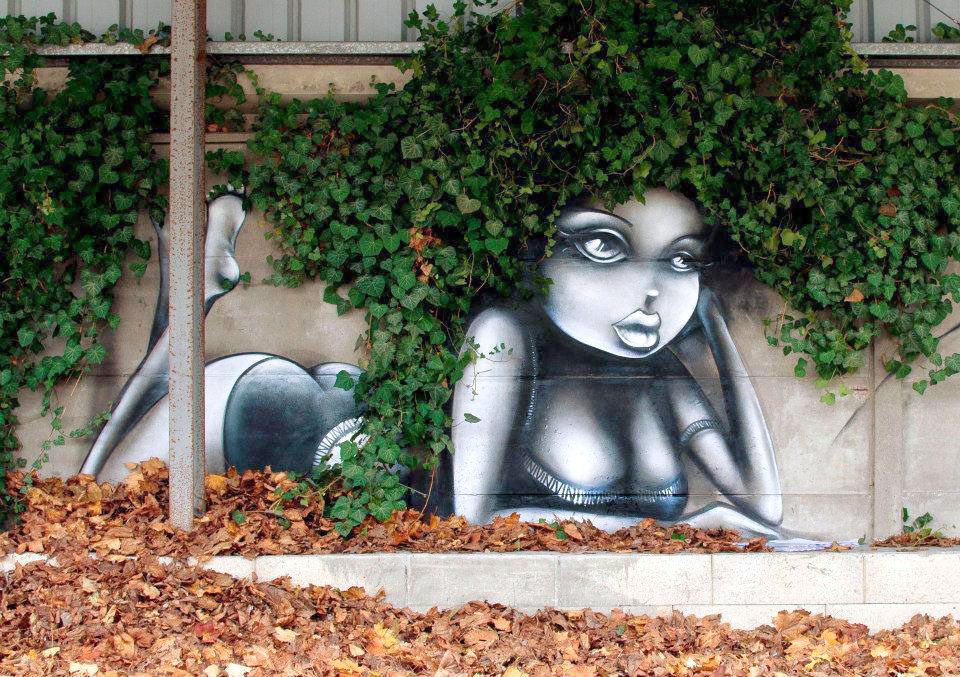SP7VC, SP7TF will be active from Martinique Island 27 January - 3 February 2015 as FM/SP7VC, FM/SP7TF.
They will operate on 160-10m CW, SSB, RTTY.
QSL via home calls.
The Island of Martinique: A Tropical Paradise
A brief introduction:
Martinique is a great island in the (EC) Eastern Caribbean Sea located in the Lesser Antilles. Its land area is about one thousand one hundred and twenty eight square kilometres (four hundred and thirty six-sq mi) with a total population of about 386,486 residents and inhabitants. It is in the south of Dominica, north of Saint Lucia and northwest of Barbados. Martinique is one of the 27 regions of France’s overseas departments, and is an essential part of The French Republic. It is also a part of the (EU) European Union as it is also a part of France, it’s currency in ‘Euro’ and the language for official use is French but even so, some its population also talk Antillean Creole.
The island was named by Christopher Columbus; the island was called ‘Jouanacaera-Matinino’. But after Columbus’ discovery, the name evolved and changed from ‘Madinina’ to ‘Madiana’ and then to ‘Matinite’. After Columbus revisited the island he then, with the influence of the surrounding island of Dominica (Dominique), he then rechristened it with the name of ‘Martinica’ which then evolved further to the now known ‘Martinique’.
Geographical Aspects:
The total area of the Island is one thousand one hundred and twenty eight square kilometres (four hundred and thirty six-sq mi) of which 40 kilometres is water and the rest is land. It is located in the Caribbean Sea about 700 kilometres southeast of the Dominican Republic and 450 kilometres northeast from the coast of South America. It is in the south of Dominica, north of Saint Lucia and northwest of Barbados. Martinique is the third largest island in the Lesser Antilles, after Trinidad and Guadeloupe. The volcano of Mount Pelee is the highest point in the island of about 1397 metres above sea level. The island has eight different volcanic activity centres, the coast of Martinique is difficult for the navigation of ships.
The geographical co ordinations are 14°40′N 61°00′W.

Climatic Aspects:
The climate of the island is tropical in nature as it is located in the Caribbean region and part of the Caribbean islands, but the island’s climate is diverse, and is divided into two regions the south is drier than the northern parts, the north is a lot cooler as it has many rain forests and mountains are there. The average temperature is about 25°c. The weather is hot and sunny all year around and rainy in the months of June to September, with a cooler weather.
Sub Divisions of Martinique:
The island is divided into four Arrondisements, 45 Cantons and 34 Communes.
The sole prefecture of Martinique is Fort-de-France. It occupies the central zone of the island and consists of 16 cantons and 4 communes.
La Trinite is the first sub-prefecture and is in the north-east region of the island, is has 11 cantons and 10 communes.
La Marine is the second sub-prefecture of the island. It has 13 cantons and 12 communes, and it occupies the south-western part of the island.
Saint-Pierre is the third sub-prefecture. It lies in the north-west of Martinique and consist of 5 cantons and 8 communes.

Demographics:
Martinique has approximately about 386,486 populations as according to the 2013 census and the INSEE statistics. Per thousand, natural change rate as of 2012 is 4.1%. The crude birth rate and crude death rate is 11.1% and 7.0% as per 1000 in 2012 respectively. The life expectancy rate for males are 78.9 years and for the females are 84.8 year as derived from the 2011 census.
The ethnic groups of the population consists of African and African-white-Indian mixture that make up about 90% of the total population, the White and East Indians make up about 5% of the population and the remaining 5% consists of Chinese, Syrians and Lebanese.
Economy of Martinique:
The economy of Martinique used to rely on agriculture but now that has declined and in the year 2003 the island had a total of 5.496 billion Euros of GDP. The services sector contributed about 82.2% of the GDP, while the agriculture and Industry only contributed to about 3.5% and 8.6% respectively to the GDP. Tourism has become more of a source of foreign exchange than agriculture and industrial exports. In 2000 the island hosted about 500,000 tourists.
Infrastructure:
The Fort-de-France is a major harbour and has a regular ferry service for Guadeloupe, Saint Lucia, Dominica, Marie Galante and Les Saintes. The one and only airport of the island is Martinique Aimé Césaire International Airport. The road network is extensive and well maintained with many freeways around Fort-de-France. Busses also run from the capital to St. Pierre.
The ccTLD of the island is ‘.mq’ but ‘.fr’ is used more frequently. The area code for the entire island is ‘596’ for landlines and ‘696’ for cellular networks.
Language, Script and Religion:
The language that is officially spoken and written is French as it is the integral part of the French Republic, but Antillean Creole (also known as Creole patios from the CIA Factbook) is also spoken in some of the island’s regions.
95% of the population is Roman Catholic, Hindu and Pagan Africans are about 5%. And there is also a small Jewish community and a small number of Protestants inhabitants as well.
Culture and Cuisine:
The culture of Martinique is a blend of Caribbean and French influences. St. Pierre was also referred to “the Paris of the Lesser Antilles” before it was destroyed by the volcanic eruption of Mount Pelee. According to the French customs most of the businesses close midday and open up again after the long break (the break is to have a long and lengthy lunch time). The island has a much higher standard of living than the other Caribbean Islands, French products are easily available like the Channel brand, and the young adults are to go study in the France Mainlands.
The Cuisine is a blend of French, African, South Asian and Carib Amerindian traditions. Its most famous dish is the Colombo which consists of a curry of chicken, meat or fish with vegetables with different Tamil spices, with rum, coconut milk or Cassava and the desert and cakes largely contain pineapples and rums.
Some interesting Facts about Martinique:
- The artist, Paul Guagin lived in Martinique in 1887. He painted the tropical landscape and the native women there, there is a museum there that portrays his stay and work on the island.
- Martinique was a location set for many movies like ‘To have and not have(1944)’, ‘the Thomas Crown affair (1999 remake)’, ‘Sugar cane alley’ and ‘Assassin’s Creed III’.
- Patrick Chamoiseau's novel, Solibo Magnificent, had Martinique as its main setting.
- It is also referenced in the novel ‘Wide Sargasso Sea’, written by Jean Rhys.

